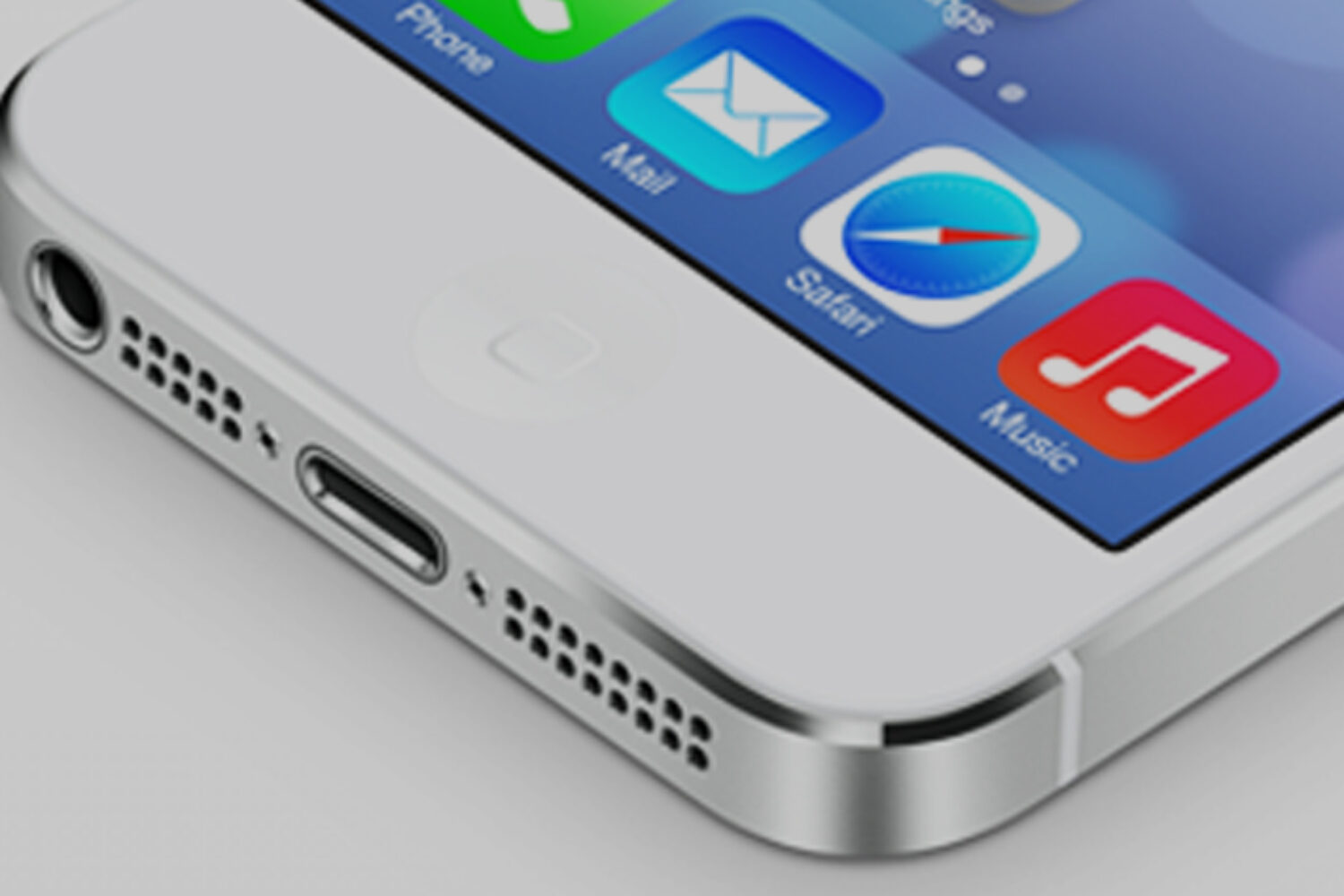In a new Wired article, Kyle Vanhemert examines the underlying philosophy behind the new Apple iOS 7 update and makes some valuable insights.
The first is that the new operating system looks likely to change not only the way apps are created, but the sort of people who will be creating them, ‘iOS 7 will set a different trajectory for apps, changing not just how they look, but how they work, and in some cases, who’s building them, too.’
The new visual language is designed to get out of the way of the further development of new and potentially exciting app developments, as iOS 7 isn’t just prettier to use, it’s more accessible to build for, too.
‘The new software looks the way it does not just because the shadows and bevels of previous incarnations were stale or tacky; it’s because they were fundamentally limiting the types of things that were being built for the iPhone.’
The emphasis is less on design for its own sake, but on design that’s thoughtfully and effectively applied to solve a problem and delight the user.
The new ‘flat’ design means that developers no longer need to emulate the Blackberry world of buttons and skeuomorphic pseudo-physicality and instead can concentrate on content rather than interface, on solving actual problems rather than presenting a flashily packaged product.
 However the new Apple design philosophy is not just about making things easier ‘it also puts a premium on genuinely thoughtful design.’ The emphasis is less on design for its own sake but on design that’s thoughtfully and effectively applied to solve a problem and delight the user. In this we can see the influence of Apple’s Senior Vice President of Design, Jony Ive.
However the new Apple design philosophy is not just about making things easier ‘it also puts a premium on genuinely thoughtful design.’ The emphasis is less on design for its own sake but on design that’s thoughtfully and effectively applied to solve a problem and delight the user. In this we can see the influence of Apple’s Senior Vice President of Design, Jony Ive.
As Ive himself says, ‘In many ways, we have tried to create an interface that is unobtrusive and deferential. One where the design recedes, and in doing so, elevates your content.’
With iOS 7, the Apple design interface has grown up, taken control and points towards the challenges of tomorrow and beyond.
This is the core of Apple design philosophy; a digital first design approach for a world where most of us are now just as much at home with our mobile technology as we ever were with the more analogue interfaces that preceded them. Like all good design, it’s a design that speaks to the user’s intelligence; rather then trying to fool them into thinking they’re in a more tactile, but less real, world.
With iOS 7, the Apple design interface has grown up, taken control and points towards the challenges of tomorrow and beyond.
So what does this mean for you as a professional marketer and business owner? It means when you’re designing products, or services, or even just your new web interface, you and your design and marketing teams, need to take this new technological maturity on board, and be prepared that, subliminally perhaps, your customers and your users will intuitively grasp the Apple philosophy and expect simple design and innovation that doesn’t get in the way of what they want to do.
It needs good design thinking and technological insights to be able to follow where Apple and others are going. Are you ready for the future?



